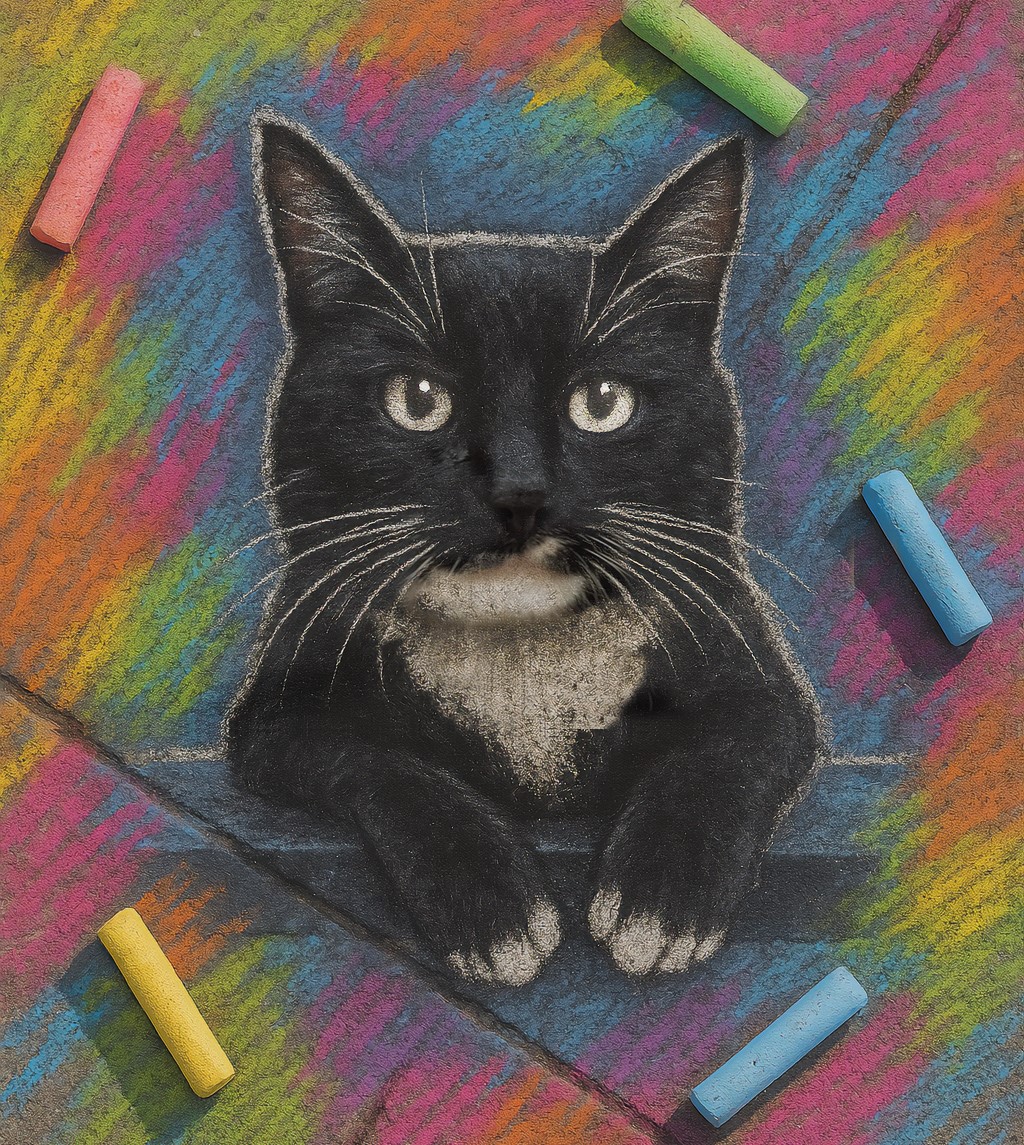Some information may be outdated.
Today’s column features a discussion with geophysicist Alba Rodriguez Padilla from the University of California, Davis. Padilla studies how faults, or fractures in rock, drive the movement of the earth in Canyonlands National Park. Studying how these faults facilitate movement in Canyonlands helps scientists like Rodriguez Padilla understand how the crust behaves in other places too.
Science Moab: Can you describe the physical mechanics of what a fault is?
Rodriguez Padilla: Basically, a fault is a discontinuity that accommodates movement. The largest version of that is something like the San Andreas fault, and the smallest version of that can be a small crack that is a few meters long.
We really care about faults because typically, the way they move is through earthquakes, and earthquakes are pretty destructive. So by studying faults, we can understand the past record of earthquakes and start thinking about the future record of earthquakes.
Science Moab: What are some of the ways you have to study them?
Rodriguez Padilla: In my work in particular, I sometimes study faults in the field, where I look at the crack itself. We look at the texture, the information around it, the record of past earthquakes nearby. Sometimes we look at faults from remote sensing. So that may be something as simple as looking at them from Google Earth so we can know where they are. And sometimes we make fake faults in numerical models to understand how physics drives fault behavior.
Science Moab: Why do we have a series of faults right here in the Needles section of Canyonlands National Park?
Rodriguez Padilla: For geologists, it’s a bit puzzling. It’s not a plate boundary, it’s in the middle of the continental US. But the reason is that the Colorado River has cut into a layer of salt at the base of the sandstone unit that is exposed all over Utah that gives us those beautiful red and beige colors. And what happens is that once the river cuts into these salt layers, the salt begins to flow towards the river. And as the salt flows towards the river, it drives the formation of the rocks that are sitting on top of it, and the formation is what gives rise to faulting in the Needles.
There’s something very special about how these faults behave. Because that subsurface flow is constant, it gives rise to constant motion on the faults. So the faults of the Needles don’t have individual earthquakes. Instead, they’re constantly moving very, very, very slowly, and they move at a constant rate. This is unique because most faults move through earthquakes. So by looking at faults that move through fault creep, which is what we call this kind of motion, it helps us understand what parts of faulting are not related to earthquakes. Then we can apply what we’ve learned from the Needles to faults in other locations that have a much more complicated history.
Science Moab: What have you learned so far from monitoring these faults?
Rodriguez Padilla: It’s ongoing work, and a lot of it has been done by undergrad students that collaborate with me. These students have mapped a lot of small fractures that are distributed around the faults. And then we looked at the orientation and the density of those small cracks to understand the mechanics of the big fault. The cracks are directly telling you about the motion on that fault. One of the things that we found that’s pretty interesting is that there is this gradient in fracture density from the Colorado River outwards in the Needles. The faulting intensity is greatest at the Colorado River and it decreases with distance away from it.
We did the same kind of work on the Moab fault and found similar patterns to those in the Needles. Whether the Moab fault is one that hosts earthquakes or if it’s a creeping fault has long been a subject of debate. It looks pretty similar to Needles, though, which definitely makes a good case for the creeping hypothesis.
Science Moab is a nonprofit dedicated to engaging community members and visitors with the science happening in Southeast Utah and the Colorado Plateau. To learn more and listen to the rest of Alba Rodriguez Padilla’s interview, visit www.sciencemoab.org/radio. This interview has been edited for clarity.
Appreciate the coverage? Help keep local news alive.
Chip in to support the Moab Sun News.





